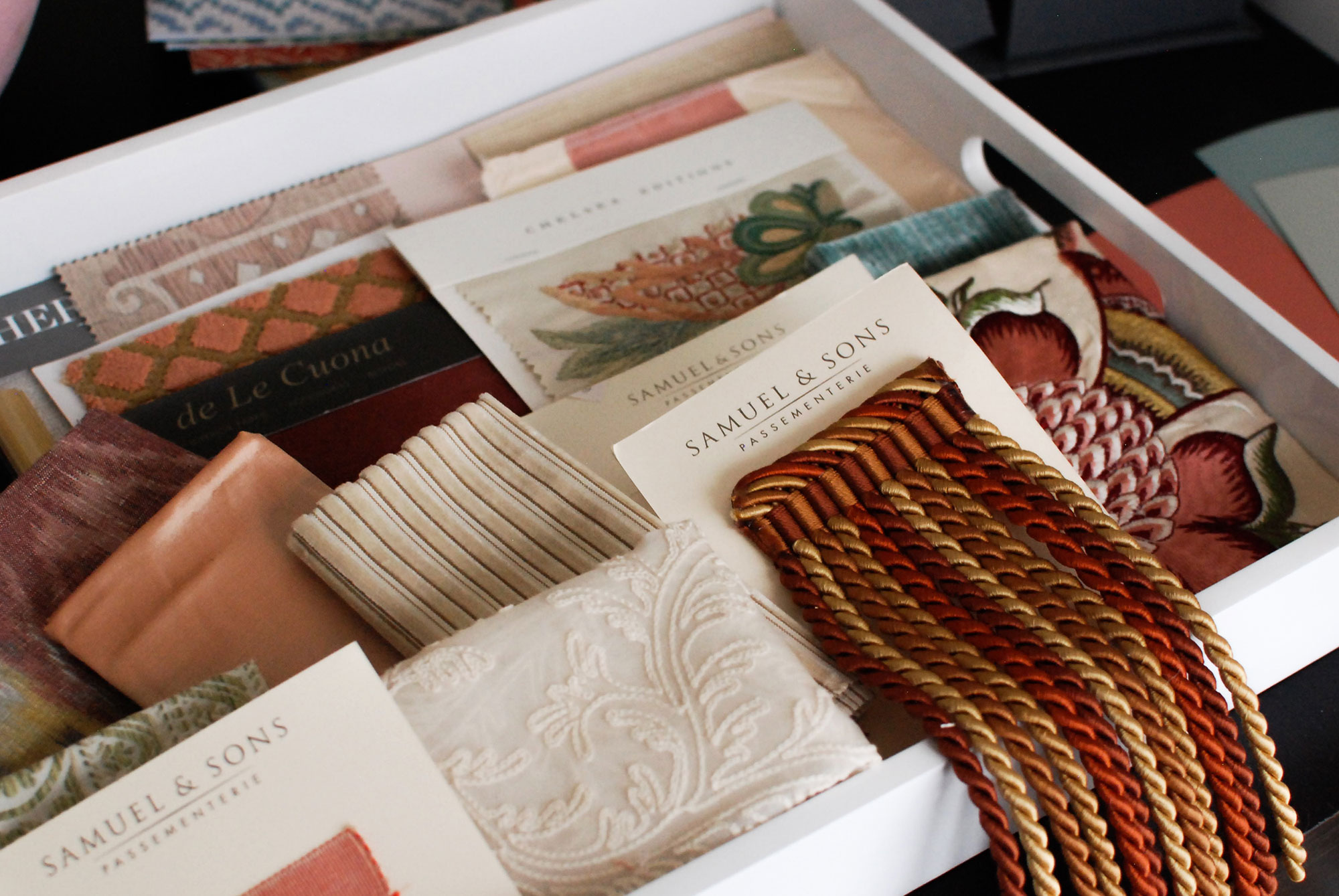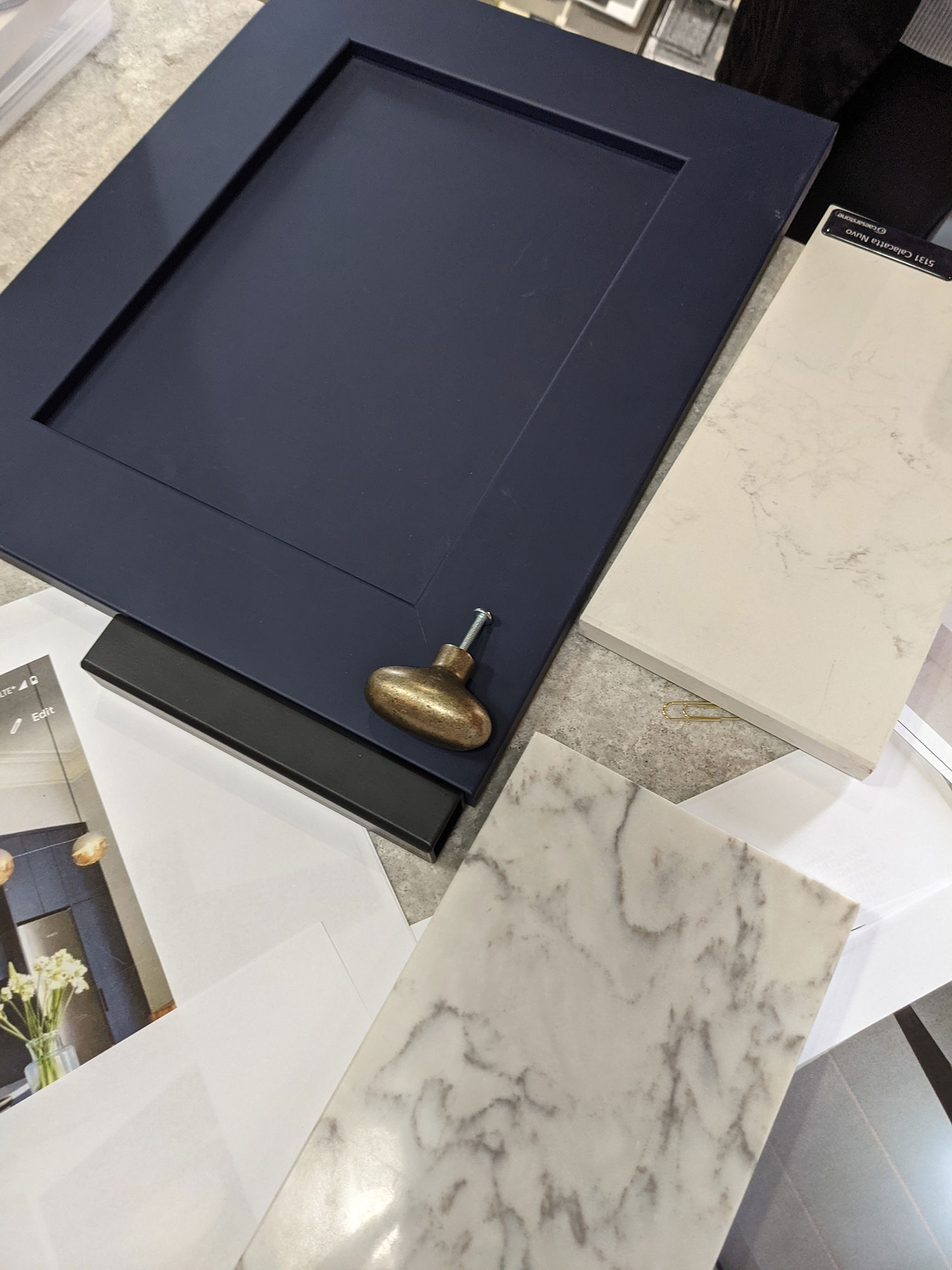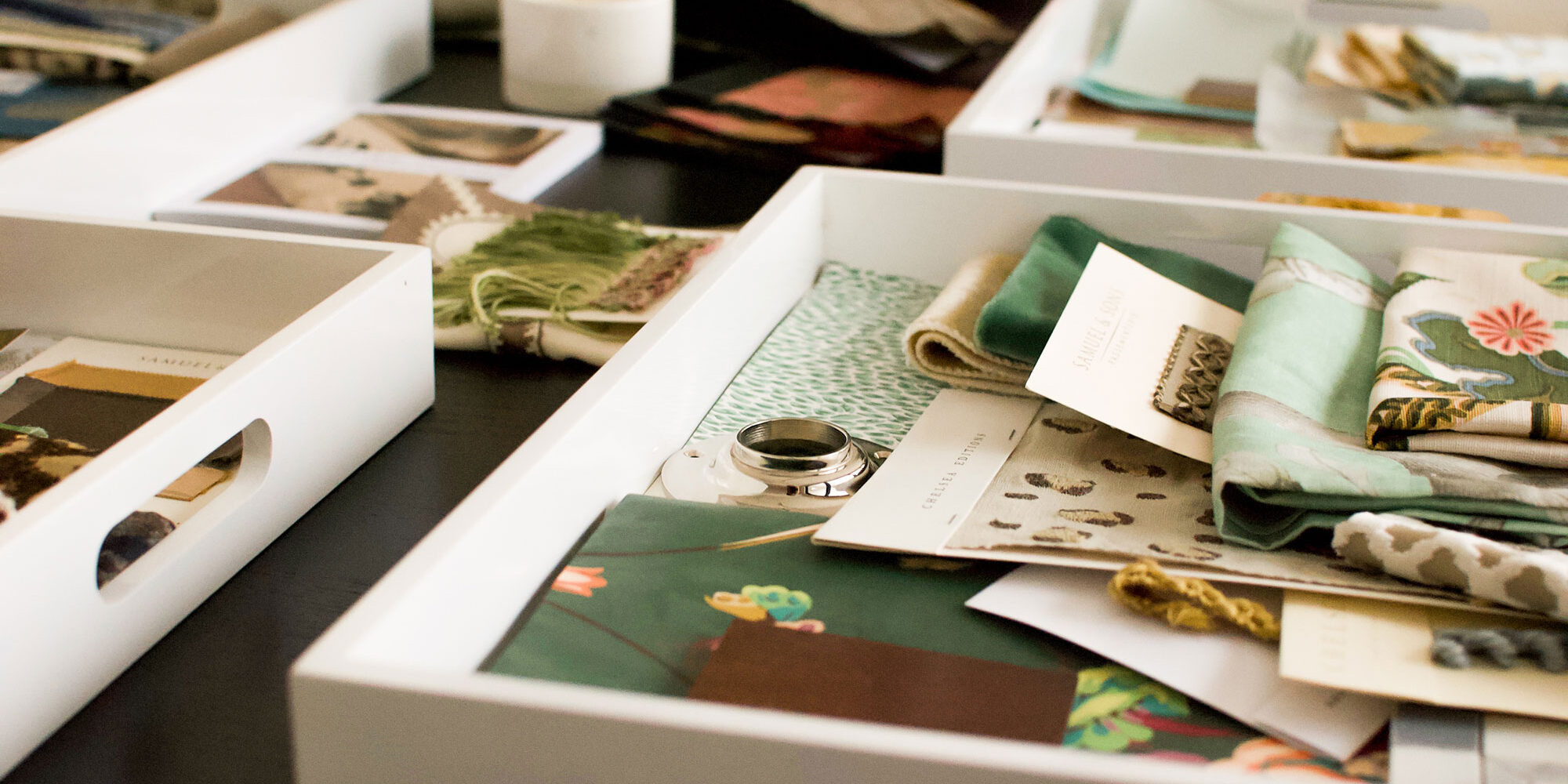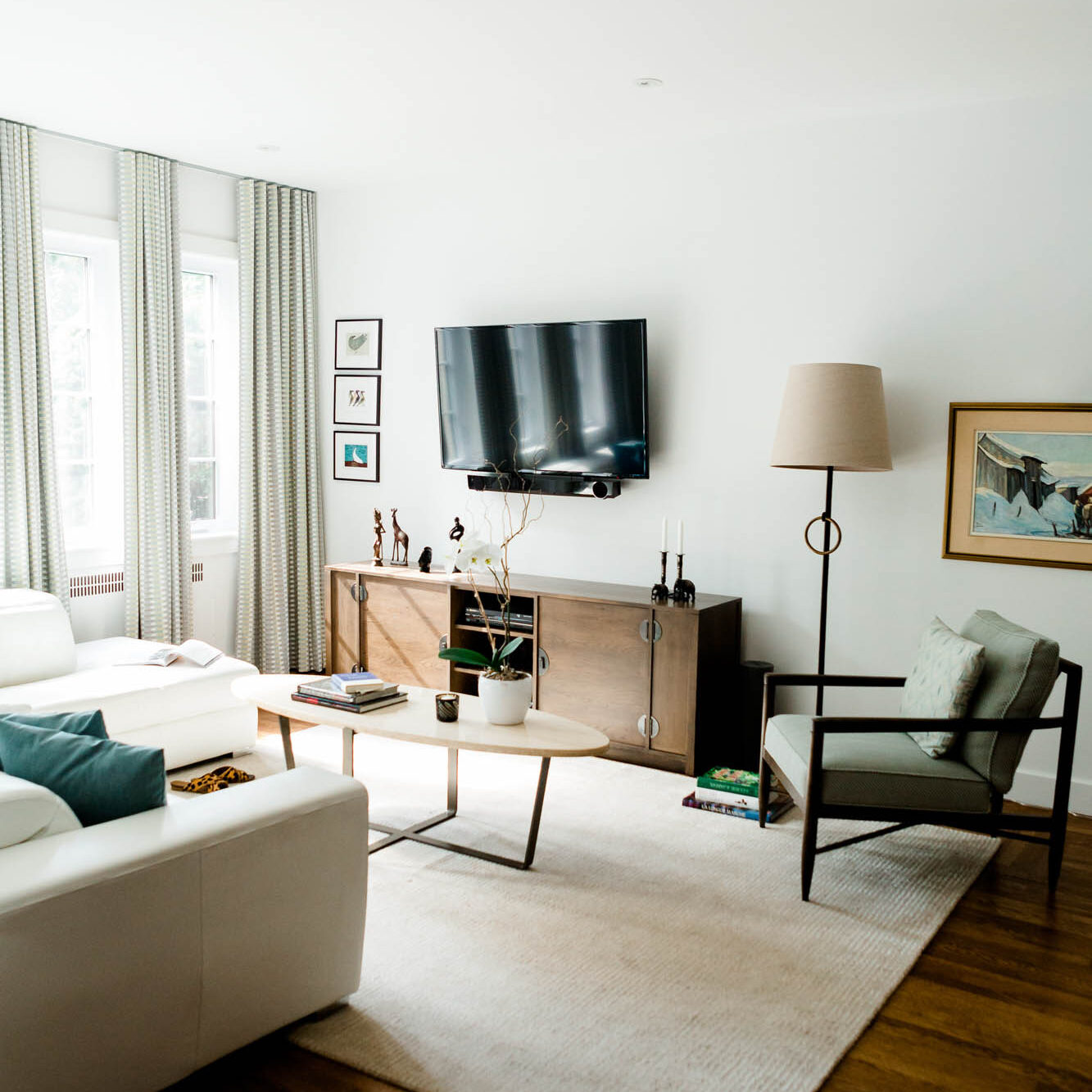
Idea book
How to create a mood-board for your project.
Ideas are conceived in the imagination. What you see in your mind also originates from somewhere. The most unique and novel design concepts are often inspired by what already exists.
Whether you are a client or a designer, you already have an expectations baseline − certain images, ideas, or concepts likely to catch your eye. To plan and launch your ideas, you must create a mood board − a visual conceptualization of your design proposal.
A well-thought-out mood board is a composition of visual materials that evoke a certain style or concept. It is usually the catalyst for new ideas as it sets a project in motion and provides a clear playing field for designers and clients to brainstorm together.
Artcomposé’s mood boards enable everyone to stay anchored and focused on the original objective, even though a project evolves and changes.
Where to start?
Here’s our step-by-step guide:

It starts in your mind.
What kind of statement do you want to make? What mood or vibe would you like the space to exude? What central features do you want people to notice? What textures would liven things up?
Example:
I'd like a modern space that is authentic and tranquil with a few timeless pieces of antique artworks and a few planters. I would like everyone inside to experience a fusion of the old and new.
Summarize your look
With a prepared mental picture, the next step is researching examples for inspiration. Do certain aspects of the look exist elsewhere? If so, how was it executed? What materials were used? How did it look? What inspiration can you draw from others?
Search Google, Pinterest, Instagram hashtags, design blogs, and on art or retail websites. Inspiration can be found anywhere if you are open to it.
Before you embark on a wild goose chase, pen your thoughts. Select a few descriptive words or themes. Do not shy away from your raw choice of vocabulary. Write down whatever stands out in your thoughts when thinking about the project. Type those words into online search boxes.
The search engine should respond to something like:
- Minimalistic modern design
- Using wood in interior design
- Antique and rustic on white
Do not limit yourself, anything goes.

Explore and collect
Once you establish what you are looking for, you can officially begin exploring and collecting. Save and describe what you like. Note why you like. Keep an open mind about the direction you wish to take. Some ideas may surprisingly sweep you off your feet.
Images expressing your thoughts, or telling your story, may not all be found in one photograph. A collection of individual pieces may better represent the composition you seek.
Expand your search into a series of details. Selecting a keyword, theme, colour, or style can accelerate the progress of your mood board.
Look for:
- colour swatches
- lighting options
- indoor planters
- flooring
- ceilings, walls, and wall cladding
- upholstery textures
- artwork
- accessories
- furniture finishes, designs, and arrangements etc.
Try and feel through every detail. Integrate them into your design.

Compose
Once you have collected enough to quilt together a look, sort out your pictures by colour, type, design movement, texture, and any other outstanding relatable features.
Create a conversational textured picture of your targeted design. Move the pieces around freely, trying out different compositions until you find something that communicates your concepts.
Again, do not limit yourself. Create as many helpful compositions as needed.
Consult and present
Assume that your audience (client/friend/colleague) is design-impaired. They cannot telepathically figure out what it is you are trying to achieve. The best way to know if your message is loud and clear is to pitch it to someone. If they can interpret your mood board without you speaking a word, then your mission is accomplished.
Remember that your mood-board is still subject to alterations. The input of other designers can help elevate and improve your design. The basic rule still applies ─ keep an open mind. Every designer can do with some creative criticism. Some words of wisdom from Neil Gaiman: “Remember: when people tell you something’s wrong or doesn’t work for them, they are almost always right. When they tell you exactly what they think is wrong and how to fix it, they are almost always wrong.”

It's the beginning of the end, and the end of the beginning
With your mood board ready, you have officially begun your journey to the perfect space. Your design story is finally simple and clear. You are ready to move onto the next
phase of your project! If you are looking for some inspiration, please browse through our projects page. Feel free to save any images that may be useful for your mood board.
Be sure to let us know how it goes!

